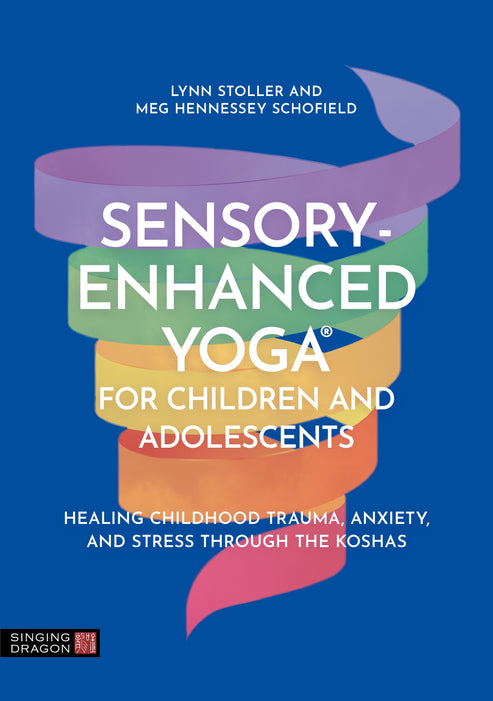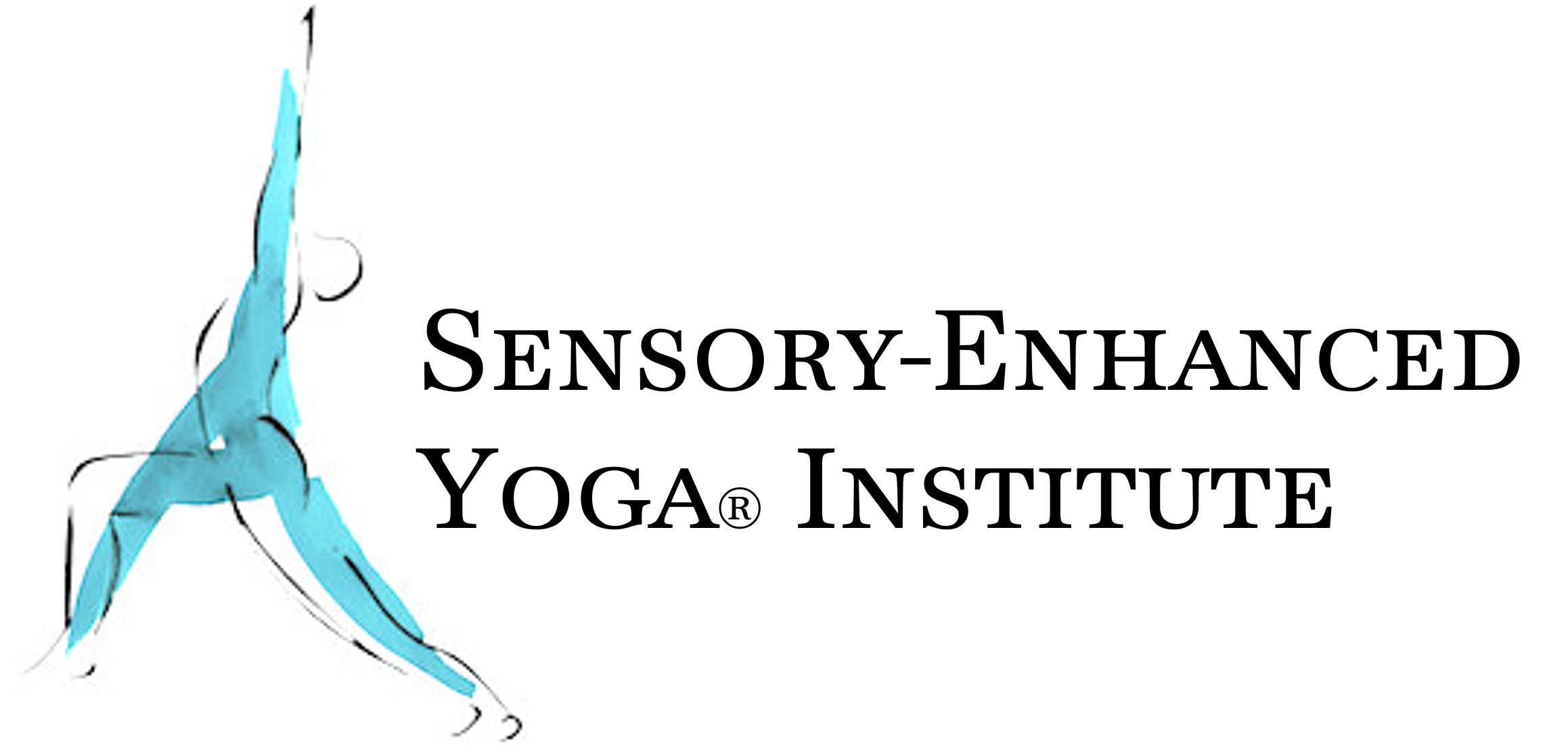 Sensory-Enhanced Yoga® for Children and Adolescents
Sensory-Enhanced Yoga® for Children and Adolescents
Our new book, Sensory-Enhanced Yoga for Children and Adolescents: Healing Trauma, Anxiety and Stress through the Koshas, by Lynn Stoller and Meg Hennessey Schofield, was published on May 21, 2024!!
U.S. customers can purchase the book from our book store. We are now accepting orders for continental US residents at 10% off retail and free shipping.
Customers from the UK and Canada can purchase the book directly from Singing Dragon. For other countries, please order from Amazon.
This evidence-based and trauma-informed resource allows professionals working with children and teens to apply Sensory-Enhanced Yoga® as a holistic and effective tool in addressing symptoms of trauma, toxic stress, anxiety, depression, and related mental health conditions.
Based on the Sensory and Mindfulness-based Yoga for Learning Environments™ (SMYLE™) model, this training program can easily be adopted by a wide range of professionals and applied to various settings, including schools, yoga classes, community centres, and group homes.
In reducing stress, emotional dysregulation, and symptoms of hypervigilance and trauma, children and teens are able to benefit from a maintained state of calm and focus, and a heightened sense of self-worth and empowerment allowing for the long-term development of consistent healthy habits and routines.
- Published: May 21 2024
- Pages: 352
- 244 x 172mm
- ISBN: 9781805011057
Press Reviews
-
Elizabeth S. Warner, Ed.M., Psy.D. Co-developer of Sensory Motor Arousal Regulation Treatment (SMART)
In their book, Lynn Stoller and Meg Hennessey Schofield have taken a deep dive into the nature of the body’s response to chronic or toxic stress, and the psychological and neurobiological consequences of traumatic experience as way to set the stage and provide evidence for ingredients of their “sensory enhanced” approach to the practice of yoga for children and adolescents. However, their amplification of the significant role of the senses, sensory modulation, and sensory integration is an important contribution to the literature on yoga practice as an adjunct treatment for PTSD, as well as complex trauma. The authors’ attention to sensory details such as the reduction of visual clutter, avoidance of low, threatening sounds, or the use of slow, even rhythms to better support a felt sense of safety for a client give practitioners concrete and useful advice. Specific guidance regarding postural movements and positions in relation to traumatic experience offers the practitioner insight into body memory, the importance of an invitational approach, and care required when engaging the body in trauma treatment. And the specific steps for teaching breathwork to children and adolescents which are illustrated with photographs will persuade readers that this can be done even with young children. Yoga, when used as a somatic intervention for trauma, can be hugely beneficial when yoga teachers have this kind of background and awareness to inform their practice.
